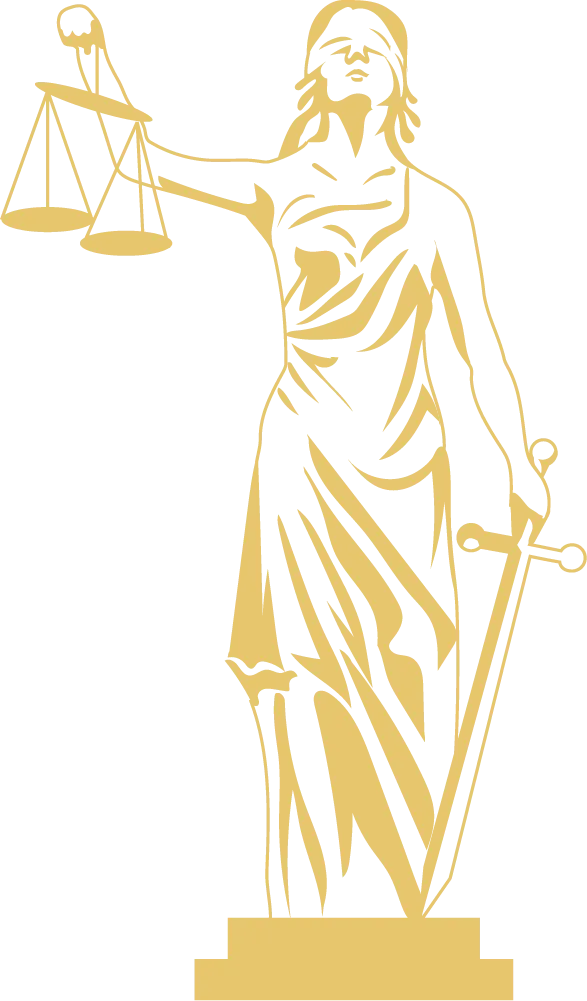What is a Broadside Collision?
In the vast world of driving, various terms describe the mishaps and accidents we hope to avoid. One such term that often pops up is "broadside collision." Imagine two cars approaching an intersection—one from the east and one from the north. If the car coming from the north doesn't stop and hits the side of the car coming from the east, that's a broadside collision. It's much like how the letter 'T' looks, which is why many people also call it a T-bone accident.
But why should we be particularly cautious about broadside collisions? The primary concern is the vulnerability of a car's side. Unlike the front or rear, a vehicle's side doesn't have much space to absorb the impact. This means that the force of the crash goes directly into the car, making it a potential threat for severe injuries to the passengers inside, especially those sitting on the side of the impact.
Understanding what a broadside collision is can be the first step in prevention. By recognizing the dangers and knowing how these accidents occur, we're better equipped to navigate roads safely, ensuring that we and our loved ones remain protected from such unfortunate events.
Where Do Broadside Collisions Most Commonly Occur?
Broadside collisions, often called T-bone accidents, mostly happen at places where roads cross each other, known as intersections. Imagine two roads meet: one car tries to go straight while another car wants to turn, and if someone makes a mistake or doesn't pay attention, the two cars can hit each other. One car's front hits the side of the other car, forming a shape like a letter "T", and that's why it's called a T-bone accident.
These types of crashes are especially risky because cars don't have as much protection on their sides as they do on their front or back. Busy city intersections or places where a main road meets a smaller side road are common spots for these accidents. When drivers rush, don't look both ways, or miss a traffic light, the chance of this type of crash goes up. It's always important to be extra careful and watchful when driving through intersections to avoid such situations.
Collisions with Pedestrians Occur Most Often at Intersections
Intersections aren't just hazardous for drivers; pedestrians are also at risk. Collisions with pedestrians occur most often at intersections because of complex traffic patterns, limited visibility, and sometimes the absence of pedestrian signals.
Why Do Broadside Collisions Happen At Intersections?
Intersections, being points where two or more roads meet, are hotspots for “what is a broadside collision”. Several factors come into play at intersections, the reasons include:
- Misjudgment of distance and speed by drivers.
- Ignoring or missing traffic signals and signs.
- Distracted driving, such as using mobile phones.
- Adverse weather conditions that reduce visibility or traction.
In essence, intersections require extra care. With vehicles, pedestrians, and sometimes cyclists all trying to move in different directions, it's a place where everyone should be attentive and patient to ensure safety.
Common Causes of Broadsided Accidents/Collisions
Several factors can lead to a broadsided accident, including:
Speeding
One of the main causes of broadsided accidents is speeding. When drivers go too fast, they have less time to react to unexpected situations. Imagine driving quickly towards an intersection and suddenly realizing another car is coming from the side. At high speeds, even if you hit the brakes, the vehicle might not stop in time to prevent a collision. Speeding also makes it harder to judge distances and the speed of other vehicles. In essence, going too fast reduces the time and space drivers have to make safe decisions, increasing the risk of T-bone accidents.
Drunk or drugged driving
Driving while you're drunk or on drugs is not safe. These substances affect a person's ability to think clearly, make decisions, and react quickly. A drunk or drugged driver might not notice a stop sign, misjudge the speed of oncoming traffic, or forget to check both ways before entering an intersection. Their impaired state reduces their awareness of their surroundings, leading to risky driving behaviors which can easily result in a broadsided collision.
Running red lights or stop signs
Intersections are governed by rules to ensure smooth traffic flow. Red lights and stop signs are placed to regulate who should stop and who can go. When drivers ignore or miss these signs, chaos ensues. A car that runs a red light or doesn't stop at a stop sign can directly get into the path of another vehicle. This is a common scenario for T-bone accidents, as one vehicle collides with the side of another, especially when neither is expecting it.
Faulty traffic signals
Sometimes, the equipment meant to guide us fails. Faulty traffic signals can give the wrong instructions to drivers. Imagine two directions getting a green light at the same time. This can lead to confusion and accidents. While traffic departments try their best to maintain signals, malfunctions do happen. It's always wise for drivers to approach intersections cautiously, even if they have the right of way, to avoid potential broadsided accidents.
Poor road conditions
Roads filled with potholes, lacking clear lane markings, or wet from rain and snow can contribute to broadsided accidents. A driver might swerve to avoid a pothole and end up in the path of another vehicle. Similarly, without clear lane markings, drivers can get confused at intersections. Wet or icy conditions can lead to skidding, making it hard for a vehicle to stop or turn, increasing the risk of a collision.
Immediate Steps Right After Broadside Accident
If you've been in a broadside accident, consider the following steps to perform right after a broadside accident:
- Check for injuries and get medical attention ASAP.
- Call the police and file a proper accident report.
- Exchange information with the other driver.
- Document the scene, taking photos if possible.
- Notify your insurance company.
Steps to Avoid Broadside Collision
Navigating our roads requires more than just knowledge of how to drive; it demands vigilance, patience, and a keen awareness of our surroundings. A momentary lapse in attention can lead to dire consequences, especially when it comes to the dreaded broadside collisions. Here are some pivotal steps to ensure you and your loved ones stay safe:
- Always pay attention to what's around you, especially when you're at intersections.
- Obey traffic signals and signs.
- Use indicators to signal your intentions.
- Avoid distractions like mobile phones while driving.
- Regularly maintain your vehicle, ensuring brakes and signals work properly.
Seeking Compensation From Papa Injury Lawyer After a Car Accident
If you've been in a broadside collision, it's essential to consider seeking compensation, especially if the accident wasn't your fault. A lawyer, like those at Papa Injury Lawyer, can guide you through the legal process, helping ensure that you receive adequate compensation for your injuries, damage to your vehicle, and any trauma.
Common Question on Broadside Accidents
Why Are Broadside Accidents So Dangerous?
Broadside accidents, also known as T-bone collisions, are highly dangerous due to the perpendicular impact they create. Vehicles are struck directly on their sides, offering minimal protection compared to front or rear impacts. This often leads to serious injuries as there's less crumple zone and reduced buffer against the force of the collision.
What type of collision could you avoid by speeding up?
Speeding up could potentially help avoid a rear-end collision. By increasing your speed to safely merge with the flow of traffic, you might prevent another vehicle from hitting you from behind. However, excessive speeding can create other dangers and is not a recommended strategy for collision avoidance.
What is an example of a broadside collision?
A broadside collision example is when a car runs a red light at an intersection and hits the side of another vehicle crossing its path.



